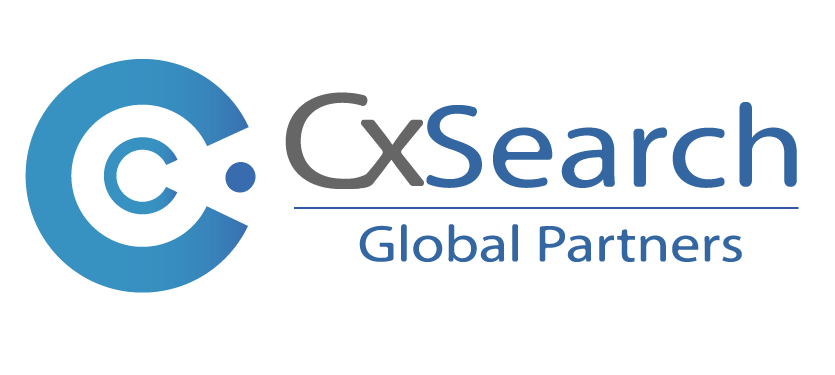Become an Age-Friendly Employer
WHITEPAPERS, ARTICLES & BLOGS
| There are four to five generations of people in the workforce at any given time, which means you need to be equipped to manage a multigenerational team. Here are strategies to help you address the needs of employees across the age spectrum. * Cultivate lifelong learning. A worker’s career can span six or more decades. To help them keep their skills up to date, invest in their learning and development by encouraging continuing education and on-the-job learning experiences. * Offer flexible work arrangements. Employers can promote work-life balance and help their employees maintain their employment, job performance, and productivity when navigating different life phases. * Offer flexible retirement options. It may seem counterintuitive, but offering flexible retirement options can be a powerful employee retention tool. If work and retirement are an all-or-nothing proposition, employers could lose valuable workers who want to transition but aren’t yet ready to fully retire. * Offer comprehensive health benefits—and encourage employees to use them. You can foster a happier, healthier, and more productive workforce by encouraging employees to safeguard their physical and mental health through preventative strategies, recommended screenings, and seeking care when needed. |
| This tip is adapted from “Best Practices for Engaging a Multigenerational Workforce,” by Catherine Collinson and Michael Hodin |
THE CxHAPPENINGS
Plant Head
By
admin

